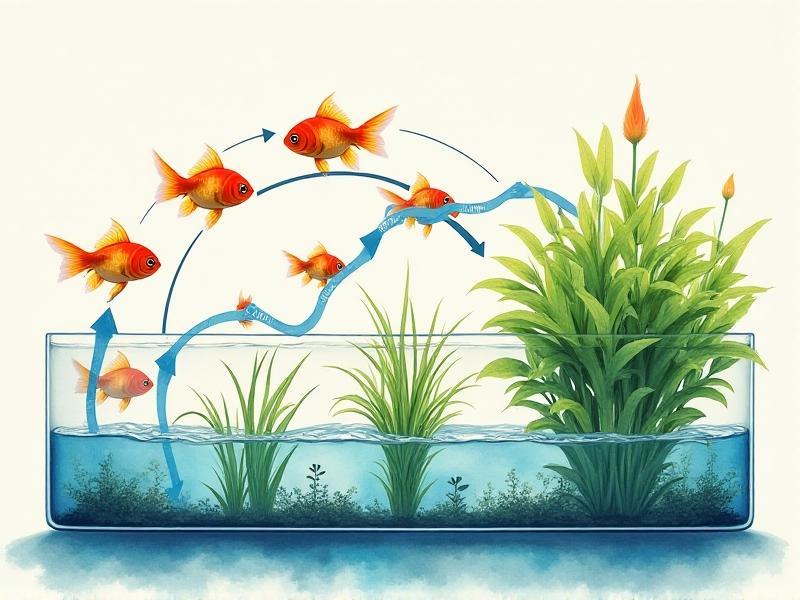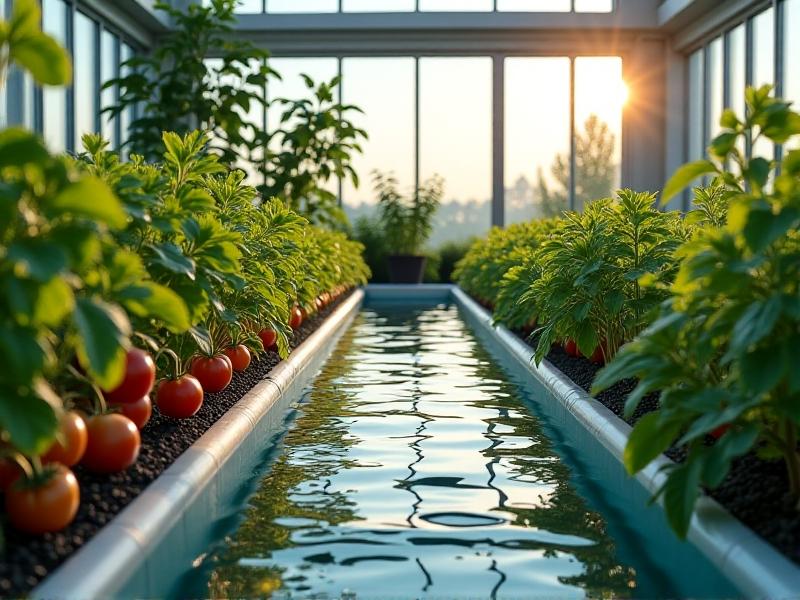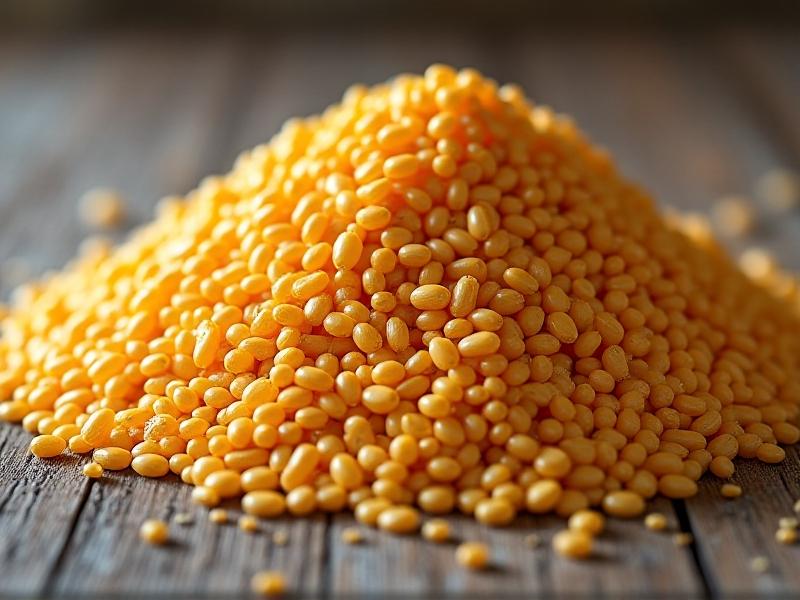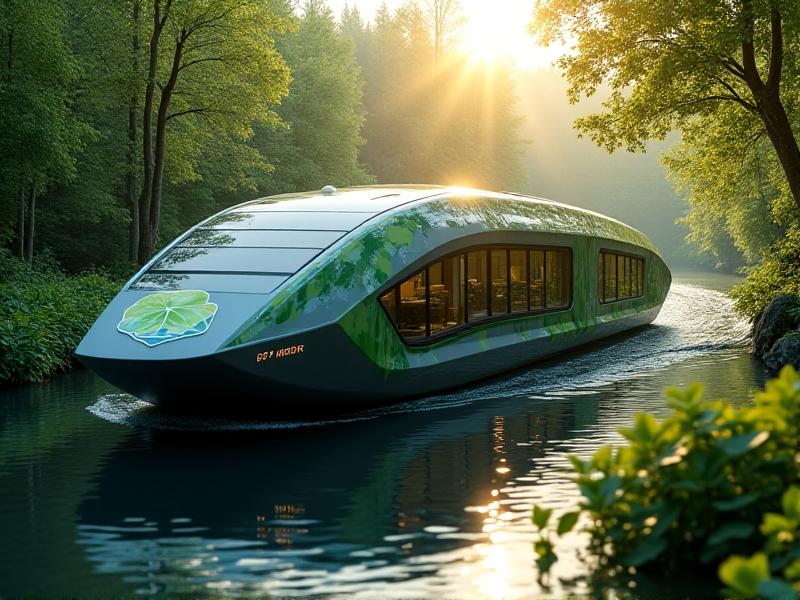Aquaponics Integration: Combining Fish Tanks with Edible Gardens
What is Aquaponics? A Symbiotic Ecosystem
Aquaponics is a sustainable farming method that combines aquaculture (raising fish) with hydroponics (growing plants without soil). This system creates a mutually beneficial relationship where fish waste provides essential nutrients for plants, and the plants, in turn, filter and clean the water for the fish. It’s a closed-loop system that mimics natural ecosystems, making it an efficient and eco-friendly way to grow food.
The beauty of aquaponics lies in its simplicity and efficiency. By integrating fish tanks with edible gardens, you can produce both protein and vegetables in a single system. This method reduces water usage by up to 90% compared to traditional farming, as the water is continuously recycled. It also eliminates the need for chemical fertilizers, as the fish waste provides all the nutrients plants need to thrive.
The Science Behind Aquaponics: How It Works
At the heart of aquaponics is the nitrogen cycle, a natural process that converts fish waste into plant nutrients. Fish produce ammonia through their waste, which is toxic to them in high concentrations. Beneficial bacteria in the system convert this ammonia into nitrites and then into nitrates, which are essential nutrients for plants. The plants absorb these nitrates, effectively filtering the water and keeping it clean for the fish.
This cycle requires careful monitoring to maintain balance. Factors like water temperature, pH levels, and oxygen levels must be optimized to ensure both fish and plants thrive. For example, most aquaponic systems operate best at a pH level between 6.8 and 7.2. Too acidic or alkaline conditions can harm the fish and disrupt nutrient absorption by the plants.

Benefits of Aquaponics: Why It’s Worth Trying
Aquaponics offers numerous benefits for both the environment and the gardener. First and foremost, it’s incredibly water-efficient. Traditional farming methods can waste vast amounts of water through evaporation and runoff, but aquaponics recirculates water, using only a fraction of what conventional agriculture requires. This makes it an ideal solution for regions facing water scarcity.
Another advantage is the ability to grow food year-round, regardless of the weather. By setting up an aquaponics system indoors or in a greenhouse, you can control the environment and ensure consistent yields. Additionally, aquaponics eliminates the need for chemical fertilizers and pesticides, making it a healthier and more sustainable option for growing food.

Setting Up Your Aquaponics System: A Step-by-Step Guide
Starting an aquaponics system may seem daunting, but with the right approach, it’s entirely manageable. The first step is to choose the type of system you want to build. Common options include media beds, nutrient film technique (NFT), and deep water culture (DWC). Media beds are the most beginner-friendly, as they use gravel or clay pellets to support plant roots and house beneficial bacteria.
Next, select your fish and plants. Tilapia, trout, and catfish are popular choices for aquaponics due to their hardiness and fast growth rates. For plants, leafy greens like lettuce, kale, and herbs are ideal for beginners, as they grow quickly and have low nutrient requirements. Once your system is set up, monitor water quality regularly and adjust as needed to maintain balance.

Choosing the Right Fish and Plants for Your System
Selecting the right fish and plants is crucial for the success of your aquaponics system. Fish should be chosen based on their adaptability to your climate and water conditions. Tilapia, for example, thrive in warm water and are highly resistant to disease, making them a popular choice for beginners. If you live in a cooler climate, trout or perch may be better options.
When it comes to plants, consider their nutrient requirements and growth rates. Leafy greens like spinach and Swiss chard are excellent choices for beginners, as they grow quickly and don’t require much maintenance. As you gain experience, you can experiment with more demanding crops like tomatoes, peppers, and strawberries, which require higher nutrient levels and more attention.
Maintaining Your Aquaponics System: Tips for Success
Regular maintenance is key to keeping your aquaponics system running smoothly. Start by monitoring water quality daily, checking parameters like pH, ammonia, nitrite, and nitrate levels. Keep the water temperature within the optimal range for your fish and plants, and ensure adequate oxygenation by using air stones or water pumps.
Feed your fish a high-quality diet to ensure they produce nutrient-rich waste for your plants. Overfeeding can lead to excess waste and poor water quality, so stick to a consistent feeding schedule. Prune your plants regularly to promote healthy growth and prevent overcrowding. With proper care, your aquaponics system can provide a steady supply of fresh fish and vegetables for years to come.
Common Challenges in Aquaponics and How to Overcome Them
While aquaponics is a highly efficient system, it’s not without its challenges. One common issue is imbalanced nutrient levels, which can lead to poor plant growth or unhealthy fish. To address this, test your water regularly and adjust as needed by adding supplements or changing the fish-to-plant ratio.
Another challenge is managing pests and diseases. Since aquaponics systems don’t use chemical pesticides, you’ll need to rely on natural methods like introducing beneficial insects or using organic sprays. Additionally, power outages can disrupt water flow and oxygenation, so consider investing in a backup generator to keep your system running during emergencies.
Scaling Up: From Backyard Systems to Commercial Operations
Once you’ve mastered the basics of aquaponics, you may want to scale up your system to increase production. Backyard systems can be expanded by adding more fish tanks and grow beds, or by switching to larger, more efficient designs like raft systems. For those interested in commercial operations, aquaponics offers a sustainable and profitable way to grow food on a larger scale.
Commercial aquaponics requires careful planning and investment. Factors like system design, fish and plant selection, and market demand must be considered. Many commercial operations focus on high-value crops like herbs, microgreens, and specialty fish to maximize profits. With the right approach, aquaponics can be a viable and rewarding business venture.
The Future of Aquaponics: Innovations and Trends
As the world seeks more sustainable food production methods, aquaponics is poised to play a significant role in the future of agriculture. Innovations like vertical farming, smart monitoring systems, and renewable energy integration are making aquaponics more efficient and accessible than ever before. These advancements are helping to reduce costs and increase yields, making aquaponics a viable option for both small-scale and large-scale operations.
Another emerging trend is the integration of aquaponics with urban farming initiatives. By bringing food production closer to consumers, urban aquaponics systems can reduce transportation costs and carbon emissions. Community-based aquaponics projects are also gaining popularity, providing fresh, locally grown food while fostering a sense of community and environmental stewardship.







